Neck and back pain are quite common conditions that can occur at any age. According to research by the World Health Organization (WHO), up to 80% of the population suffers from back pain at some point in their lives, 1/3 of which progress to sciatica. 80% of people with lumbar syndrome are related to disc disease.
Therefore, there is a saying that spinal pain is the "price" to pay for human evolution from walking on four legs to standing upright on two legs.
The spinal disc has a structure consisting of three parts: the outer disc cartilage, the fibrous capsule surrounding the nucleus pulposus in the center.
The disc lies in the space between the two sides of the upper and lower vertebrae, functioning as a cushion to reduce pressure on the spine.
Herniated disc (DCD) refers to the condition in which the nucleus pulposus moves from its normal position through a tear or crack in the fibrous ring or disc cartilage, compressing the nerve roots and spinal canal, causing pain, numbness and other clinical manifestations of the spine, nerve roots and spinal cord.
Herniated discs can occur in any disc of the spine, but are most common in the lumbar disc (90 - 95%), followed by the cervical disc (5 - 7%), and are rarely found in other segments of the spine.
1. The role of exercise in herniated disc disease
The spine must bear a very large load when active and even at rest. Most of this load is placed on the spinal discs, in which the lumbar region bears the greatest load, including body weight, additional weight, and compression reaction when moving the spine, walking, running, and jumping.
Through research, it was found that in the supine position, the intra-disc pressure of the lumbar spine is 15 - 25kg; coughing and sneezing increases the intra-disc pressure by two times; sitting with a backrest increases it by three times; standing upright, the pressure increases by four times, equivalent to 100kg; standing and bending without a load or sitting in a chair without a backrest increases it by six times, equivalent to 150kg; bending and lifting a heavy object of about 20kg, the load on the spine and lumbar disc is 200kg, which is up to eight times higher than when lying down.
Proper exercise helps to improve general resistance, improve the capacity of different organ systems of the body, including the musculoskeletal system; increase strength and flexibility of muscles, especially the neck, shoulders, back, waist, buttocks, and thighs.
Exercise also helps control weight, reduces the load on the spine, thereby reducing pressure on the discs, helping to prevent and treat herniated discs.
Herniated disc in the acute pain stage requires complete rest, strenuous exercise is not recommended immediately. Pay attention to body posture in personal activities as well as in daily life. However, gentle exercise in place when possible will help increase blood circulation, relax muscles, and reduce pain.
In contrast, for chronic pain, inactivity has not been shown to reduce pain or improve spinal function. Appropriate neck, back, and limb muscle exercises can increase circulation to the muscles and increase the secretion of endogenous endorphins to reduce pain.
Stretching exercises (hanging on a bar) help stretch muscles, reduce pressure on spinal discs, relieve compression of the spinal cord and nerve roots, correct misalignments of the spinal joints, relieve pain, and improve spinal mobility.
In cases of disc herniation causing spinal stenosis, typically manifested by signs of claudication or spinal instability due to spondylolisthesis, exercise such as walking or running is clearly very difficult.
In this case, cycling, water exercises and stretching are the most suitable forms. Avoid standing weightlifting, avoiding sports that require twisting movements of the spine as well as sports that require a lot of strength and impact such as football, volleyball, basketball, tennis, wrestling, etc.
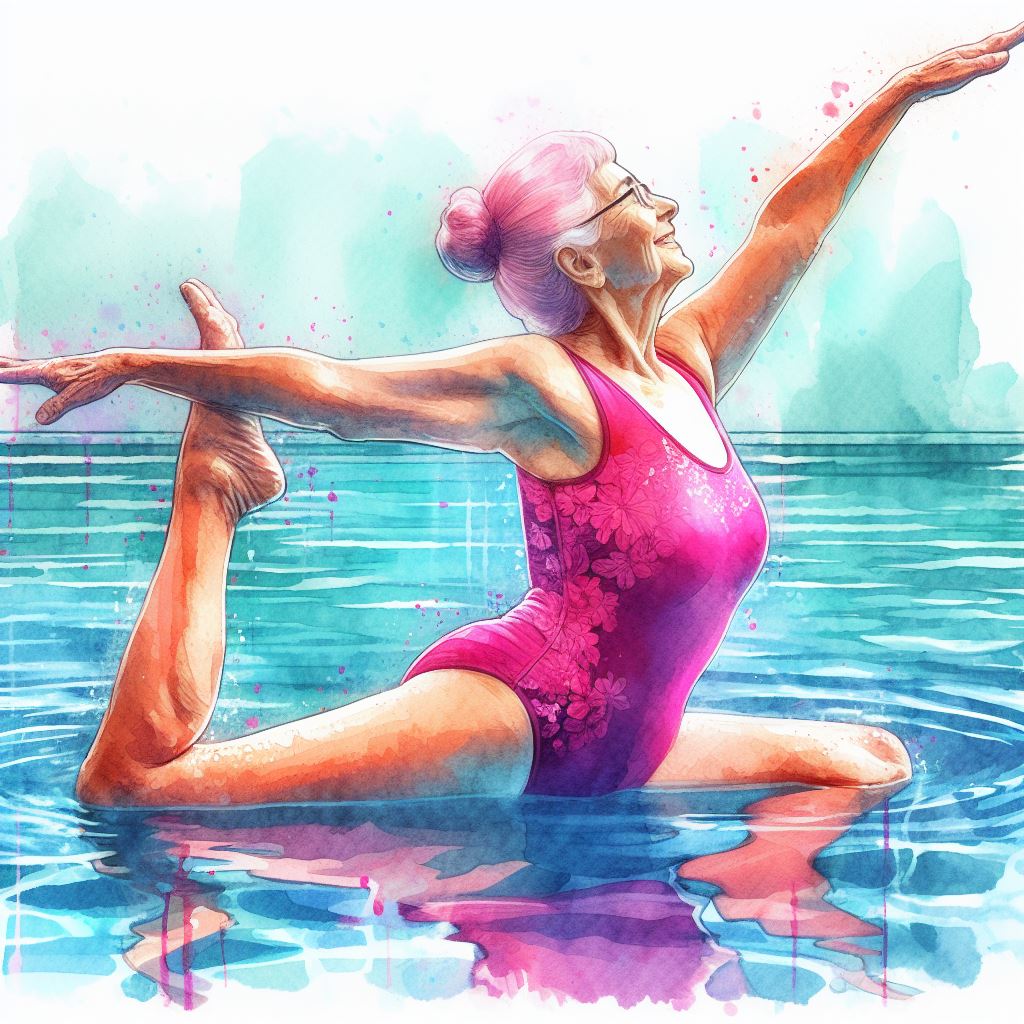
Water exercise is suitable for people with herniated disc causing spinal stenosis.
2. Some exercises suitable for people with herniated discs
Before exercising, you should spend a few minutes gently warming up your whole body, using your hands to gently massage the muscles in your neck, shoulders, back, waist, hips, thighs and legs.
2.1. Exercises to stretch and flex the cervical spine
Starting position: Sit up straight, neck and head in the center, shoulders balanced, neck and shoulders relaxed. Perform the movements of bending - leaning back - tilting - turning slowly and gently.
Movement 1: From the center position, slowly bend your neck forward as far as possible, maintain the bent position for about 3 - 5 seconds, slowly stretch back to the center position, rest for about 2 seconds.
Movement 2: Stretch (tilt your neck back) as slowly as possible, maintain for about 3 - 5 seconds, slowly return to the center position, rest for about 2 seconds. When there is a herniated cervical disc, this movement often causes or increases pain and numbness in the shoulder and arm, so the practitioner needs to pay attention to practice to the tolerance level.
Movement 3: Tilt your head to the left, hold for 3 - 5 seconds, return to the center position, rest for 2 seconds. Do the same with the right tilt.
Movement 4: From the center position, slowly turn your head to one side as far as possible, hold for 3 - 5 seconds, return to the center position, rest for about 2 seconds. Do the same with the other side.
2.2. Static exercises to strengthen neck muscles
Starting position as above. Relax your body, breathe evenly. Perform each movement for about 5 seconds, relax for 2 seconds between movements. When relaxing, return your neck to the center position.
Movement 1: Perform a forward neck bend (bowing the head) while placing the palms of your hands on your forehead, using the force of your hands to resist the force of bending your head forward.
Movement 2: Tilt your head back while clasping your hands behind your head and using opposing force.
Move 3: Place the palm of the same hand on the side of your head to counteract the movement of tilting your head to one side. Repeat the same movement on the other side.
Move 4: Turn your head to one side as far as possible while placing the palm of the same hand on one side of your forehead with opposing force. Do the same on the other side.
2.3. Exercises for lumbar disc herniation
Movement 1: Lie on your back, bend your hips and knees, cross your arms and press your legs close to your stomach, hold for about 10 seconds, rest for 3 seconds, repeat 10 - 15 times.
Movement 2: Lie on your back, feet flat on the bed, shoulder-width apart, press your back down into the mattress, hold for 10 seconds, rest for 3 seconds, repeat 10-15 times.
Movement 3: Lie on your back, feet flat on the bed, shoulder-width apart. Arms along the body, lift buttocks and back as high as possible off the mattress, hold for 10 seconds, rest for 3 seconds, repeat 10-15 times.
Movement 4: Lie on your back, feet flat on the bed, shoulder-width apart, elbows on the mattress, chest arched and neck arched back, hold for 10 seconds or rest if uncomfortable, repeat 10-15 times.
Movement 5: Lie on your back, spread your arms wide, palms facing down, bend your knees and place your feet on the floor. Slowly rotate your knees to one side, turn your head to the opposite side, keeping your shoulders on the floor. Hold for about 10 seconds then return to the starting position. Rest for 3 seconds, switch sides and do the same. Repeat 10 - 15 times.
Movement 6: Kneel and put your hands on the mattress (4-point kneeling position), arch your back like a cat's back, hold for 10 seconds then lower your back, rest for 3 seconds, repeat 10 - 15 times.
Movement 7: Kneel and put your hands on the mattress (4-point kneeling position), slowly lower your buttocks to touch your heels and hold, try to crawl straight forward with your hands, when tired, lift your buttocks up and repeat 10-15 times.
Movement 8: Lie on your stomach, place a thin pillow under your stomach, and stretch your legs straight. Slowly raise one leg as high as possible, hold for 3-5 seconds, slowly lower it back to the starting position, rest for 2-3 seconds, switch to the other leg and do the same. Repeat about 10 times.
Performing all the movements is considered one course of treatment. Patients can perform 2-3 courses per day depending on their health condition. If any movement causes pain or discomfort, stop exercising and notify the physical therapist.
Conditions of muscle atrophy and weakness require increased static stretching exercises to increase muscle tone, and exercises that load the muscles such as resistance stretching and weight training to improve muscle strength.

Weight training exercises help improve muscle strength in people with herniated discs and muscle atrophy and weakness.
3. Notes when exercising for people with herniated discs
- The choice of specific exercises as well as the time of practice, the number of times to perform the movements, the number of sessions per day vary depending on each person, the medical condition and stage of the disease, and the purpose of the exercise. Basically, the following principles must be ensured:
- Physical activity is contraindicated in cases of spinal tuberculosis, cancer involving the spine, unstable conditions or injuries that do not indicate exercise.
- For those with other chronic diseases such as cardiovascular disease, blood pressure or other internal diseases... should consult a specialist before exercising.
- Severe cases or difficult movements should be performed under the guidance, supervision and assistance of medical staff.
- Establish and maintain a regular exercise routine.
- Practitioners regularly self-assess the impact of exercise on the body and control exercise activities to ensure effective and safe exercise.
4. Notes on work and daily activities for people with herniated discs
People with herniated discs need to maintain proper posture and exercise. Change positions from lying on your back to lying on your side before sitting up or standing up. Avoid sitting up suddenly.
Sitting: Sit with your back against the chair, feet flat on the floor, knees slightly extended, slightly lower than hips. Use objects (pillows) to support your neck and back. Avoid sitting for too long at a time. Sit on a high chair, avoid squatting, sitting cross-legged, or sitting on the floor for long periods of time.
Lying: Should lie on a hard mattress, low pillow, lie on your side with your pillow at shoulder level, should have a thin pillow between your knees when lying on your side, and under your knees when lying on your back.
Standing - walking: People with herniated discs should minimize work that requires standing for long periods of time or walking for long periods of time to reduce pressure on the spine and discs.
Lifting objects: When you have to lift objects, lower your body, use your hips and thighs to lift the object, avoid bending to lift or carry heavy objects.
Proper exercise, lifestyle changes, appropriate work habits, and appropriate treatment methods can help control spinal disc herniation in the long term.
Dr. Pham Quang Thuan
Source: https://giadinh.suckhoedoisong.vn/nguoi-thoat-vi-dia-dem-can-luu-y-gi-trong-tap-luyen-sinh-hoat-172240510092614889.htm










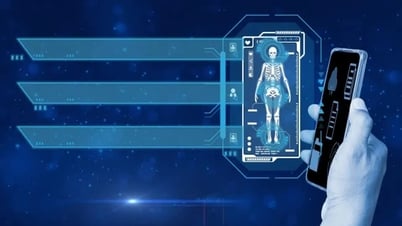

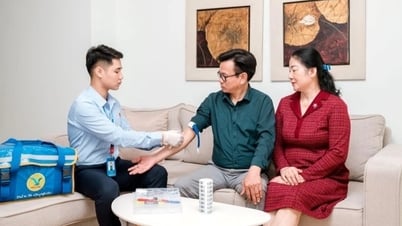

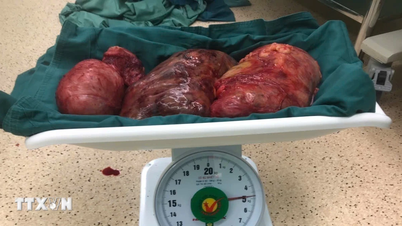

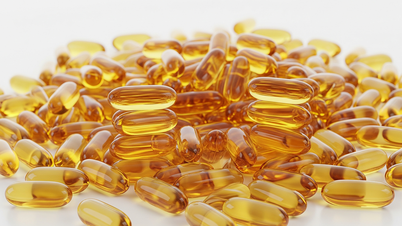













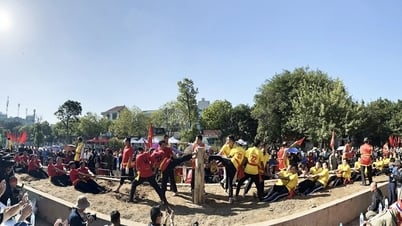

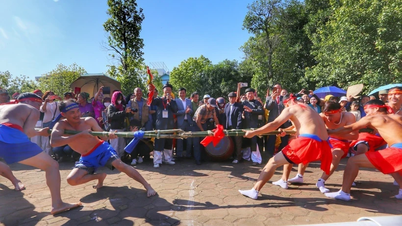
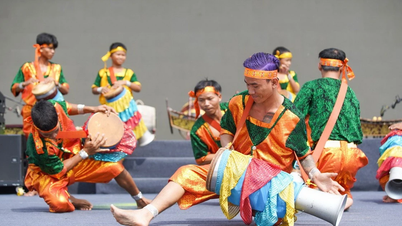


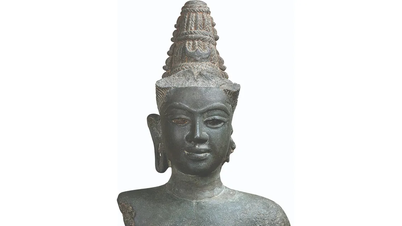







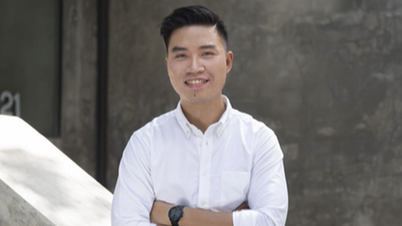








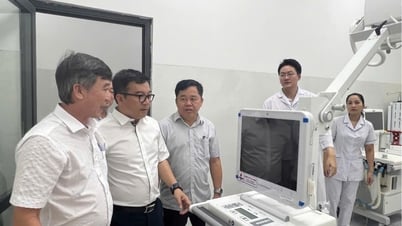



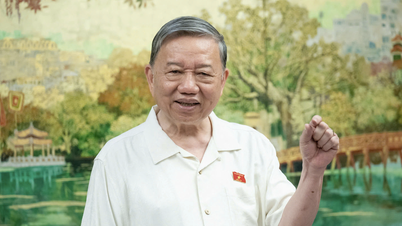




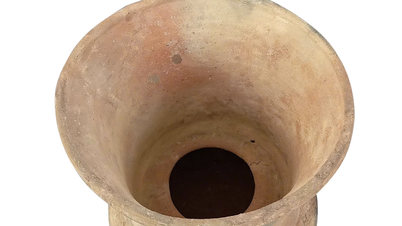


![[Infographic] Circular guiding the functions, tasks and powers of the provincial Department of Culture, Sports and Tourism and the commune-level Department of Culture and Social Affairs](https://vphoto.vietnam.vn/thumb/402x226/vietnam/resource/IMAGE/2025/6/29/877f24989bb946358f33a80e4a4f4ef5)





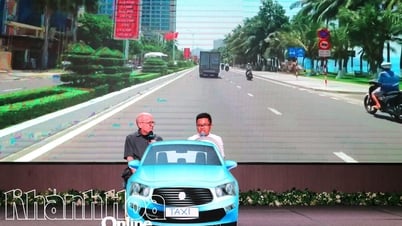



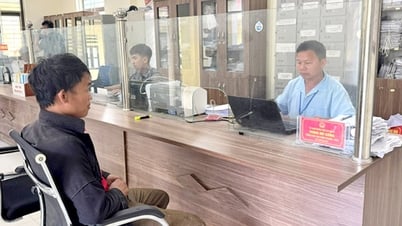




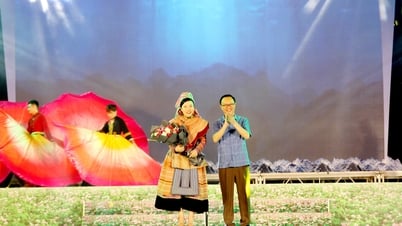
















Comment (0)